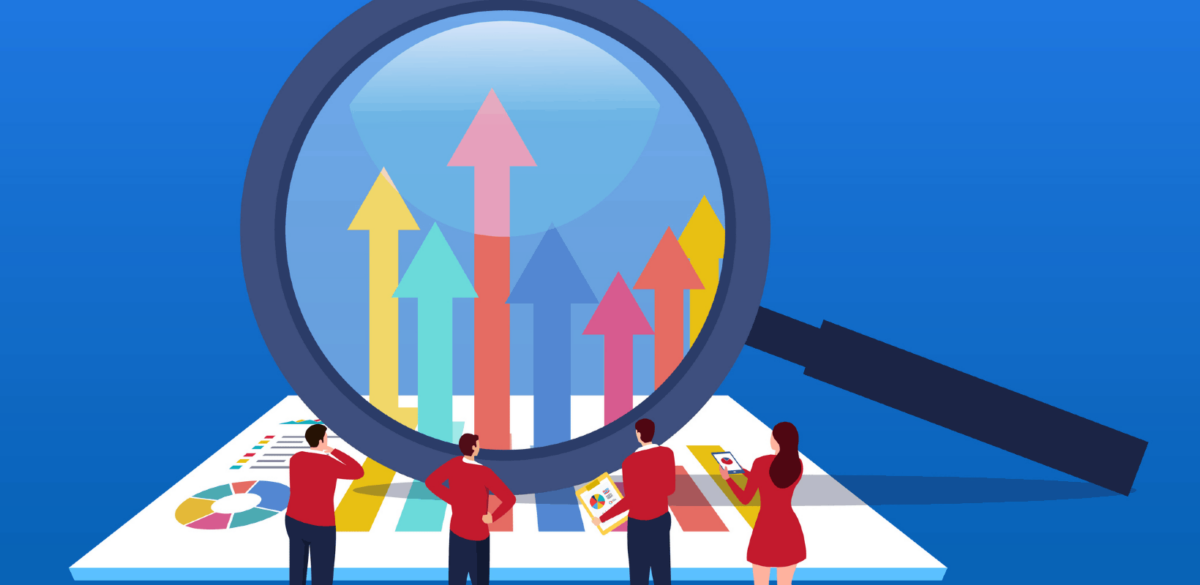
While annual reports are mandatory for many nonprofits, they should never be viewed as just a simple form that must be completed. Instead, these yearly reports should be seen as a tool to engage with current and potential donors, current and prospective employees, and the general public as a whole. When used correctly, annual reports provide a very effective platform for sharing your nonprofit’s successes, goals, and mission, and to bring awareness to the needs and demands of your organization.
Moving Beyond Standard Annual Reports
One problem facing many nonprofits is that standard annual reports tend to be dull and boring. Pages full of facts and statistics may be very informational, but not very entertaining. Unfortunately, enticing your target audience to read through the pages of a standard annual report can be difficult because let’s face it – people want to be entertained.
This lack of interest in reading annual reports can be extremely frustrating for nonprofits, who no doubt put a lot of time and resources into creating an informative report. The good news is that today’s technology and the use of data visualization can help you bring your data to life. Gone are the days of lists of statistics, basic bar graphs and boring content. Today, you can present your data in a vibrant and easy-to-understand manner that grabs the reader’s attention and encourages them to learn more.
What is Data Visualization?
Data visualization is a technique that offers a visual representation of data. Rather than simply listing data points, data visualization transforms this data into colorful graphics and charts. This data is displayed in a format that makes it easy-to-read and quickly allows the reader to find the information that interests them the most. Not only does this format help to grab the reader’s attention, but it also entices the reader to want to find out more about your organization.
The nonprofit organization, Compassion, used an infographic to highlight the main points of their annual report. This use of data visualization helps donors and potential donors know how their donations are being spent throughout the year.
Using Storytelling in Your Annual Report
Humans are social creatures. Just a quick look at the success of various social media platforms can prove this point. Due to this social need, people naturally are drawn to storytelling. Look at the number of books written over the years – all tell a different story. In recent years, nonprofits have started to harness the power of storytelling and use it to draw readers in and entice them to learn more about their organization.
Whether you want your annual report to shed light on your clients, employees, donors, volunteers, successes, or organizational needs, the use of storytelling can bring a human element to your report. Storytelling creates a powerful emotional response in the reader that can help to prompt action, which could include making a donation, applying for a job, or signing up to volunteer.
The Herman Park Conservatory’s 2017 annual report uses the combination of photo images and storytelling to share upcoming renovation projects, current renovation projects, and events to help the reader learn more about their organization.
New and Improved Annual Reports
Edward Tufte, the father of data visualization once said, “There are two goals when presenting data, convey your story and establish credibility.” The combination of data visualization and storytelling allows you to do both. These marketing tools enable your organization to transform dull and boring annual reports into content that your target audience will actually want to read. The high-level reports can enable your nonprofit to bring awareness to different issues and needs within your organization and to show donors and potential donors how their dollars are being sent. Most importantly, an effective annual report allows you to share your mission with the public and encourage people to help your organization meets its goals.
The Atlanta Community Food Bank’s recent annual report shows a perfect example of how to merge data visualization and storytelling to give readers a comprehensive look at your organization. Not only does this annual report provide an infographic detailing where donors dollars were spent, but it also shows graphs and stories of the nonprofits programs, volunteers, clients, and donors.
Don’t miss the opportunity to use your organization’s next annual report as a tool to engage with the public in a meaningful way that prompts action. Contact Wire Media today to learn how your organization can use data visualization and storytelling to bring your nonprofit’s annual report to life.
Thinking about using data visualization to tell a story in your next annual report? We can help you prove your impact to donors and grantors using visual storytelling … and data! Download our free Annual Report Prep Guide to get started.